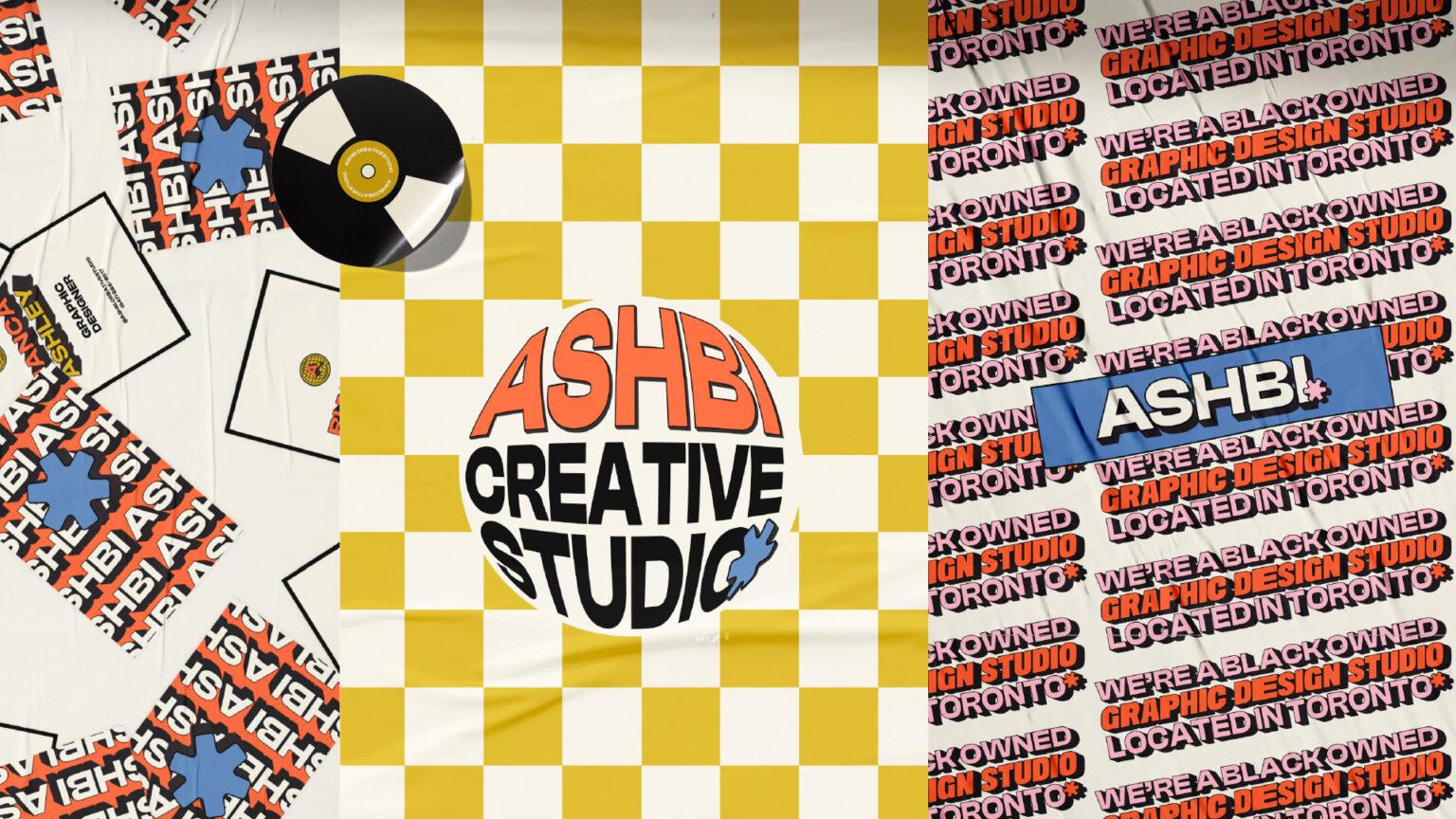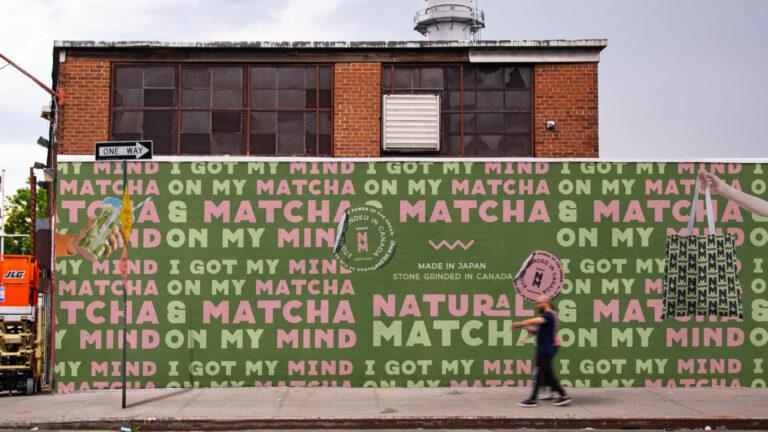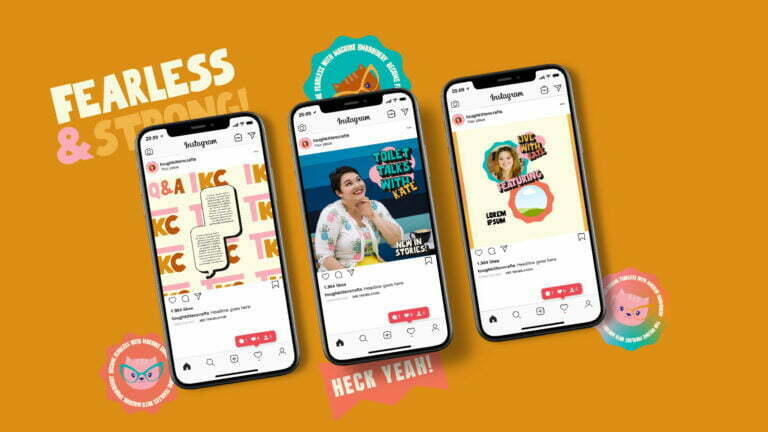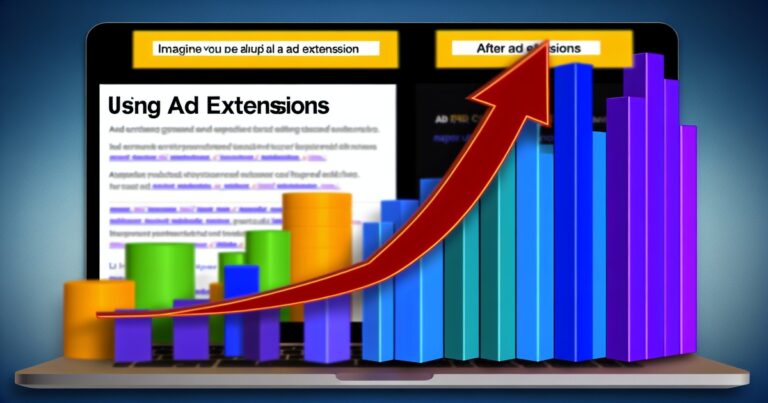Graphic design is an art of visual communication that focuses on the creative production of graphics and text that can convey a specific message or information to its audience. Graphic designers use various mediums, including print, digital, and multimedia platforms, to create visually appealing designs that communicate a specific message.
Definition of a Graphic Designer
A graphic designer is an expert who creates visual concepts using computer software or by hand to communicate ideas that inspire, inform and captivate consumers. They combine art and technology to develop logos, websites, product packaging designs and other promotional materials for businesses or organizations. The goal is to make the company’s products or services more attractive and appealing while maintaining the brand’s identity.
Graphic designers utilize various elements like typography, color palettes, images, illustrations to create stunning visuals. They work closely with clients or project managers to understand their needs and preferences before starting off with the design process.
Importance of Graphic Design in Today’s World
In today’s world where every business aims for its brand recognition among competitors in their respective industries. Hence graphic design has become an essential component for communicating messages effectively in this ever-competitive market.
Designing effective branding elements such as logos that reflects brand identity are crucial for building brand recognition among potential customers. Marketing campaigns are incomplete without proper graphic designing.
Social media marketing heavily relies on visual content such as images and videos which ultimately leads towards increasing engagement rates among followers. A professional graphic designer brings life into any business or organization by creating visually appealing designs that reflect their personality while maintaining its relevance in today’s world.
Creativity and Imagination
One of the most important skills for a graphic designer is creativity. A graphic designer must be able to come up with unique and original ideas that are visually appealing and effective. This requires a combination of imagination, inspiration, and the ability to think outside the box.
Graphic designers must have a strong sense of visual aesthetics and an eye for detail. They need to be able to visualize how different elements will look when combined and how they will interact with each other.
They also need to have a sense of color, texture, pattern, and composition. Moreover, a graphic designer’s creativity should not be limited to just visual aspects but should also extend to conceptual thinking as well.
Being able to convey complex ideas or messages through simple yet innovative designs requires an elevated level of creativity. Thus it is essential for aspiring graphic designers to work on developing their imagination through exercises like brainstorming sessions or keeping up on art movements.
Technical Skills
In addition to creativity, technical skills are equally important for becoming a successful graphic designer. Technical skills include proficiency in software programs such as Adobe Creative Suite (Photoshop, Illustrator, InDesign), Sketch, CorelDRAW or others used by professionals in the field. A good understanding of typography is also crucial as it helps in creating legible texts that complement the visuals while maintaining hierarchy within designs.
Knowledge about color spaces like RGB vs CMYK is another important aspect which helps in creating graphics that will look stunning both on screen or print. Furthermore, understanding various file types (.jpeg,.png,.pdf) can make your workflow more efficient as you choose the right format for your end product.
Communication and Interpersonal Skills
Graphic design projects often involve multiple stakeholders such as clients or team members who may have different opinions about design choices. Therefore excellent communication skills are necessary so you can present your ideas professionally and effectively, while also being able to take constructive criticism.
In addition to communication skills, interpersonal skills are also essential for graphic designers. Collaboration with other professionals in the industry such as illustrators, writers, photographers or even web developers is common in this field.
Being able to work collaboratively helps bring together a diversity of ideas and insights that can result in better designs. Therefore it is important for aspiring graphic designers to hone their interpersonal skills by networking with other professionals in the industry through online communities or attending design conferences.
Education and Training for Graphic Designers
Graphic design is a field that requires a combination of technical skills, creativity, and innovative thinking. There are various educational paths that one can take to become a graphic designer.
Degree Programs in Graphic Design
A degree in graphic design is an excellent way to gain the foundational knowledge required to excel in this field. Most universities offer Bachelor’s degrees in Graphic Design, which teach students the fundamental principles of design including color theory, typography, and layout techniques.
Students will also learn how to use industry-standard software such as Adobe Creative Suite and CorelDRAW. Graduate programs such as Master’s degrees are also available for those looking to further their education or specialize in a specific area such as digital media or branding.
Certifications for Graphic Designers
For those who do not wish to pursue a traditional degree path, certifications are available from various organizations including Adobe and AIGA. Adobe offers certifications in various areas of graphic design such as Photoshop, Illustrator, and InDesign. These certifications demonstrate proficiency with these software programs and can be valuable additions to one’s resume.
The American Institute of Graphic Arts (AIGA) offers professional development courses that provide training on topics such as typography skills or web design best practices. These courses can help bolster one’s portfolio while gaining new skills.
Online Courses for Aspiring Graphic Designers
In addition to formal education programs and certifications, there are also many online courses available for aspiring graphic designers. Platforms like Udemy and Skillshare offer courses on everything from basic design principles to advanced techniques like motion graphics or UI/UX design.
Online courses allow learners to work at their own pace while gaining practical experience through assignments and projects. They are also generally more affordable than traditional degree programs or certifications.
Overall, there are many different educational paths that can lead to a successful career in graphic design. It’s important to carefully consider one’s options and choose a program or course that aligns with their goals.
Tools and Software Used by Graphic Designers
Graphic designers rely on a variety of tools and software to bring their creative visions to life. The right software can make all the difference in the quality and efficiency of the design process. Here are three of the most popular tools/software used by graphic designers.
Adobe Creative Suite
Adobe Creative Suite is a must-have for any serious graphic designer. It includes a variety of applications, such as Photoshop for image editing, Illustrator for vector graphics, and InDesign for desktop publishing. Each application is designed with specific tasks in mind, but they work seamlessly together to create stunning designs.
Photoshop is particularly useful for retouching photos and creating digital artwork. Illustrator excels at creating scalable vector graphics that can be resized without losing quality.
InDesign is perfect for designing layouts like brochures, magazines, flyers etc. While Adobe Creative Suite can be quite expensive, it’s an investment that pays off in terms of versatility, power and industry standard compatibility.
Sketch
Sketch is a digital design tool that has become increasingly popular among designers in recent years due to its simplicity and ease-of-use. This Mac-only software focuses on user interface (UI) design with features like symbols libraries, artboards, nested symbols etc., making it ideal for designing mobile apps or websites.
Some features that make Sketch unique are its infinite canvas allowing you to create designs as large as you want without worrying about scaling issues; also its vector-based graphics engine which allows you to import or export assets at different resolutions effortlessly. Sketch also supports plugins which offer customized functionalities such as prototyping or wireframing tools; there’s no doubt why Sketch has become a go-to tool among many UI/UX designers worldwide.
CorelDRAW
CorelDRAW has been around since 1989 but it still remains popular among graphic designers. It is a vector-based design software that specializes in illustrations, logos, and typography. CorelDRAW has a wide range of features like layout tools, photo editing capabilities, color management options etc., making it an all-in-one tool for many graphic designers.
One of the most attractive features is its affordability compared to other professional design tools. Additionally, CorelDRAW has no subscription model; you just have to pay a one-time fee for the full version license.
These are only three of the countless graphic designing tools available today. While they may have somewhat similar functionalities they also differ in their strong suits and weaknesses so it’s up to the designer’s preferences which tool they’ll use for each project.
Types of Jobs Available for Graphic Designers
There is a wide range of job opportunities available for graphic designers, as every industry and business needs unique design solutions to meet their marketing and branding goals. Here are three types of popular jobs that graphic designers can consider:
In-House Designer
In-house designers work for a specific company or organization, creating designs for various projects in-house. These designers are typically employed by larger companies that have an established marketing department or creative team.
In-house designers usually work regular office hours, although the workload may vary depending on the organization’s needs. One significant advantage of working as an in-house designer is that you get to work with a team of professionals who share common goals and objectives.
It helps you learn from your peers, gain valuable insights into the industry, and enhance your skills over time. Additionally, in-house positions typically offer stable salaries, benefits packages, and long-term job security.
Freelance Designer
Freelance graphic designers are self-employed professionals who work independently for clients on a project-by-project basis. They usually work from home or shared office spaces rather than maintaining a permanent physical presence at one company. The biggest benefit of being a freelance designer is flexibility; you can choose the projects you want to work on and set your own schedule.
However, freelancers must also handle administrative tasks like billing clients and managing their own finances. It might take some time to build up your clientele initially; however, once established, freelance design jobs can offer high levels of independence and variety in terms of the projects they undertake.
Agency Designer
An agency designer works in a creative agency alongside other creatives (writers, art directors etc.) providing design services to clients inside or outside the agency itself. Agency positions tend to be highly competitive; however they provide excellent opportunities to hone your craft, work with leading brands, and tackle complex design projects.
Working in an agency environment can be challenging and requires excellent communication skills, teamwork, and a high level of creativity. However, agency designers generally receive competitive salaries, benefits packages, and a vast range of exciting projects to work on.
Graphic design is an industry with many career paths. In-house designers enjoy the stability of working within a professional team for well-established organisations.
Freelance designers get the freedom to choose their own clients and working hours while being responsible for administration tasks. Agency Designers are part of a creative team that gives them opportunities to work with leading brands such as Apple or Nike among others while honing their craft in-house.
Building a Strong Portfolio
As a graphic designer, your portfolio is crucial to your success. It is the first thing potential clients or employers will see before hiring you. Your portfolio should showcase your best work and demonstrate your design skills, style, and creativity.
To build a strong portfolio, start by selecting your best work that showcases a range of skills and styles. Choose pieces that demonstrate your problem-solving skills, attention to detail, and ability to think outside the box.
Organize these pieces in a visually appealing way that showcases your creativity. Consider creating an online portfolio using platforms such as Behance or Dribbble.
Ensure that it is easy to navigate and highlights your best work clearly. Make sure you provide context for each piece by describing the project goals, challenges faced and how you overcame them.
Networking with Other Professionals in the Industry
Networking is essential for any profession, but particularly so for graphic designers who often rely on word-of-mouth referrals for new business opportunities. Attend industry events such as conferences or exhibitions where you can meet other professionals within the field.
Joining professional organizations like AIGA or local design groups can be an excellent way to connect with other designers and learn about job opportunities in the industry. Participate in online forums related to design where you can interact with industry experts from around the world.
Make sure you have business cards ready when meeting people at networking events so they can easily contact you later if needed. Remember to follow up with contacts after networking events through email or social media channels like LinkedIn.
Staying Up-to-Date with the Latest Trends and Techniques
Staying on top of current trends and techniques is crucial in any rapidly evolving field like graphic design. Subscribing to design blogs or reading design publications like Communication Arts will help keep you up-to-date on new tools, techniques and trends within the industry. Stay active on social media, especially platforms like Instagram, where designers often showcase their work and share design trends.
Attend workshops or take online courses to learn new skills and techniques. Consider attending webinars or conferences that focus on topics related to graphic design.
By staying up-to-date with the latest trends and techniques, you can continue to evolve your skills as a graphic designer and provide fresh ideas for your clients. It is essential to be adaptable as new technologies emerge and preferences change over time.
Conclusion
Graphic design is a fascinating and rewarding field that can offer a wide range of opportunities for creative individuals. Whether you are interested in working as an in-house designer, a freelance designer, or an agency designer, there are many paths to success in this dynamic industry. By developing your skills, education, and portfolio, along with staying current on the latest trends and techniques, you can build a successful career as a graphic designer.
Find Your Passion
The first step to becoming a successful graphic designer is finding your passion within the vast world of design. There are many areas of focus within graphic design – from branding and advertising to web design and user experience. Aspiring designers should take the time to explore different areas of interest before committing to one particular area of specialization.
Once you find your passion within the field of graphic design, it’s important to build a strong foundation of technical skills and knowledge. Pursuing education through degree programs or online courses can provide essential training in art theory, software proficiency, typography principles, color theory and other fundamentals necessary for building strong designs.
Cultivate Your Skills
Cultivating creativity is essential for success in graphic design work. Imagination combined with technical skills allows designers to create innovative designs that meet client needs successfully. Effective communication with clients is vital during the initial stages of any project wherein the client requirement gathering takes place.
It requires not only understanding what clients want but also being able to explain why certain aspects may not work for their specific project. A common mistake aspiring designers make is relying too heavily on their chosen software rather than designing with artistic intent.
Graphic designers must learn how to draw with traditional media using pencil & paper along with digital art tools like Wacom tablets & stylus pens which allows them more flexibility when working across different platforms. Designers should also learn how to take constructive criticism and feedback positively, as it helps them improve their design skills.
Stay Up-to-Date with the Latest Trends
The world of graphic design is constantly evolving, so it’s essential to stay updated on the latest trends and techniques in the industry. Social media platforms like Behance and Dribble are great sources of inspiration for designers to see what other designers are working on.
Networking with other professionals in the industry can also help keep designers informed about new developments and emerging trends. A career in graphic design is both challenging and rewarding for individuals who are creative, have technical skills and can communicate effectively.
If you have a passion for designing logos or crafting compelling ad copy, pursuing education & training along with building a portfolio of work can lead to success in this dynamic field. The key takeaway from this article is that by implementing these tips into your working style, you’ll be well on your way to building a successful career as a graphic designer.









